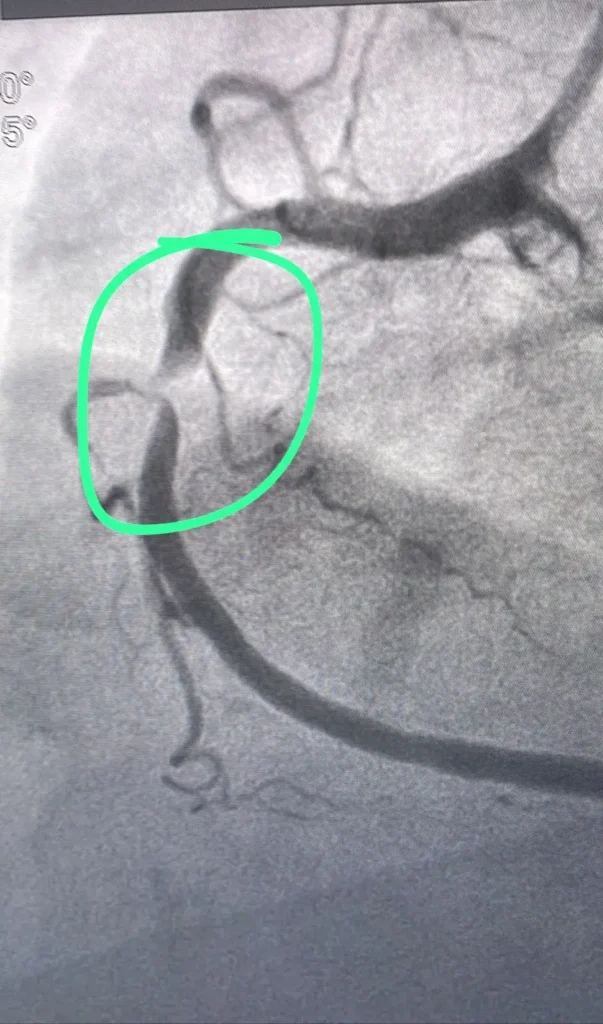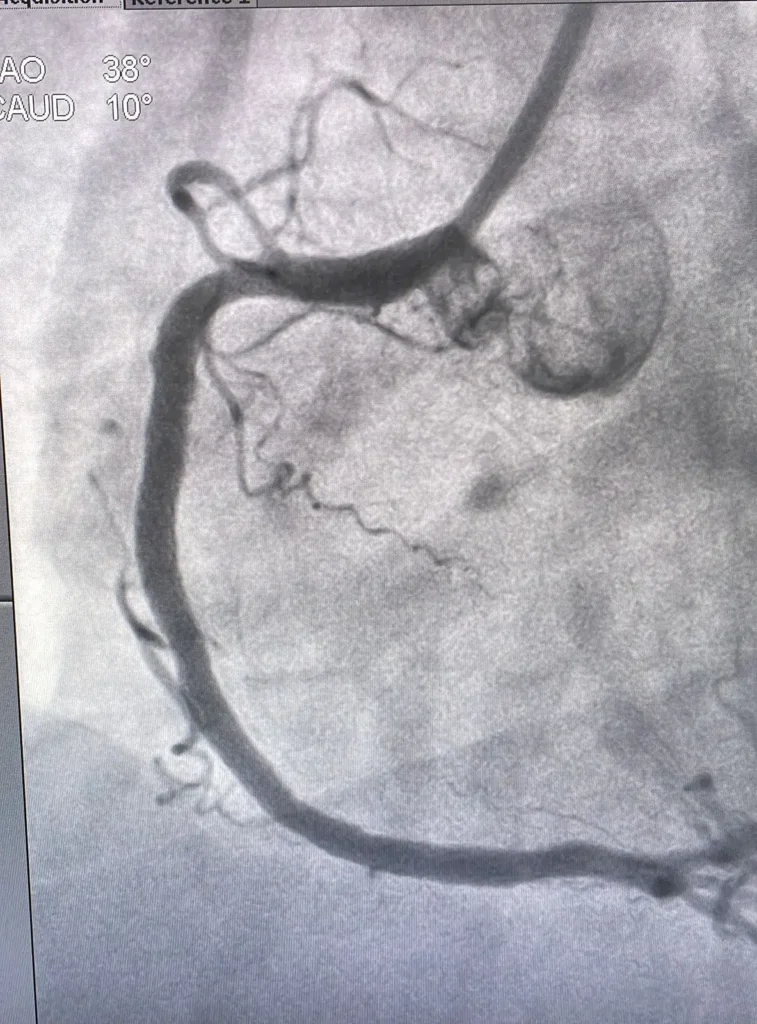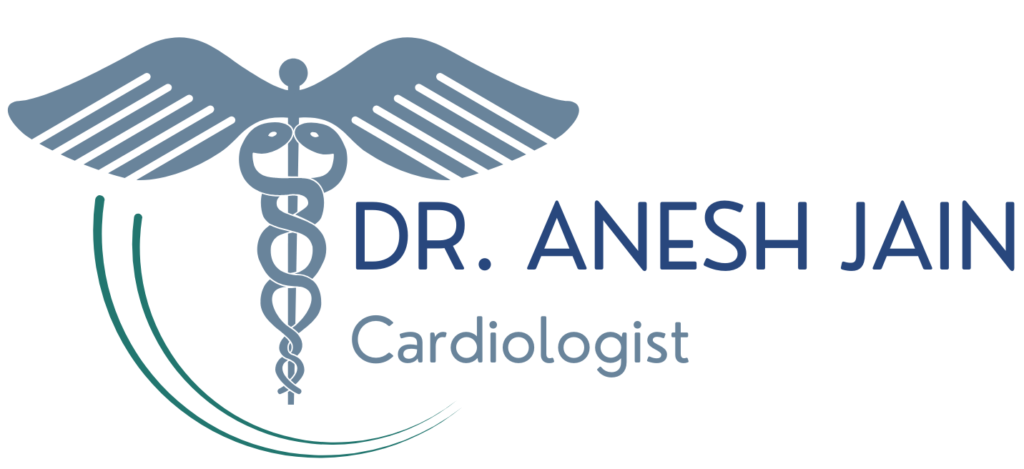Angiography vs. Angioplasty: Which Procedure Fits Your Needs?
What is an Angiography :
Angiography is a test to check the status of the blood vessels of the heart. It is a test where your doctor can with a 100% guarantee tell you the status of the blood vessels of the heart, whether there are any blockages in these blood vessels or not.
Presence of blockages of size more than 70% usually indicates the need for a further treatment.
Angiography is done usually from either the wrist or the groin, a small injection is given in that part and the part is anesthetized.
It is an almost painless procedure if done correctly and the procedure itself takes 10-15 minutes to get completed.
The upsides are enormous – it gives a clear road map of all the arteries of the heart & can be a life-saving procedure when done during a heart attack.
Related: How to Stop Heart Attack: Preventive Measures & Lifestyle Changes
What is an Angioplasty :


Indications to do an Angiography :
Indications to do an Angioplasty :
Angioplasty is usually proceeded with after an angiography is done. Angioplasty helps in clearing of a blockage from the blood vessel if there is any.
The usual criteria is that when the blockage is more than 70%, a stent placement is usually needed, although this can vary from patient to patient.
Angioplasty can be done as an elective procedure when angiography has been done for exertional chest pain.
In cases where there is a heart attack, an emergency angioplasty is usually indicated as it can be a life-saving procedure. If blockages are numerous and the vessels are not amenable to an angioplasty, Coronary Bypass Graft Surgery (Bypass Surgery) is usually advised.
Related: The Top 7 Warning Signs You Need to See a Cardiologist
Risks & Complications :
Angiography is a relatively safe procedure with minimum to no risks. Some of the rare complications include allergic reactions to the dye & bleeding from puncture site.
Angioplasty can also have similar set of complications and sometimes in rare scenarios patients can have a heart attack during the angioplasty procedure.
Success rate :
Angiography is a basic cardiac diagnostic test and the success rate is 100%. It is almost always possible with help of various techniques to visualize the coronary arteries and the degree of blockages in these arteries.
Angioplasty can have variable success rates depending on the operator & complexity of the lesion. In our center we boast an angioplasty success rate of >99%. In rare scenarios if a vessel is not amenable to angioplasty, either patient can be managed with medications or a bypass graft surgery.
Recovery Period & Post Procedure care :
If after an angiography no further treatment is needed, patients can be discharged the same day in 4-6 hours of observation.
Usual precautions advised are to drink plenty of fluids for helping to excrete out the contrast through the urine. After an angioplasty, patients are usually advised to stay in for 24 hours in the CCU for observation & can usually be discharged the next day if no complications are present.
Rest is advised for usually 1 week & patient can resume their daily work routine after that. In case patient has had a recent heart attack and an angioplasty is done, rest is advised for at least 1 month. Post angioplasty, compliance to medications is of utmost importance.
Conclusion
When determining whether angiography or angioplasty is the right choice, consider the following:
- Angiography is primarily a diagnostic tool, suitable for patients requiring a detailed assessment of coronary arteries. It is less invasive and has a shorter recovery time but does not treat the underlying issue.
- Angioplasty, on the other hand, is both diagnostic and therapeutic, best suited for patients with significant blockages causing symptoms or at high risk of heart attacks. While it involves a more extended recovery period and carries additional risks, it offers immediate relief and long-term benefits if combined with lifestyle changes and medication.
If you are experiencing symptoms of heart disease such as chest pain or shortness of breath, it’s crucial to consult with a qualified cardiologist to determine the best course of action. Dr. Anesh Jain is considered the best cardiologist in Pune. and is highly experienced in both angiography and angioplasty.
He can provide personalized advice and treatment options based on the latest medical guidelines and your specific health needs.
Don’t wait to take control of your heart health. Schedule a consultation with Dr. Anesh Jain to discuss your symptoms and explore the most effective treatment options.










7 Warning Signs: When It's Essential To See A Cardiologist
July 26, 2024[…] Related: Angiography vs. Angioplasty: Which is Right for You? […]
How To Stop Taking Blood Pressure Medication Safely
July 27, 2024[…] Related: Angiography vs. Angioplasty: Which is Right for You? […]